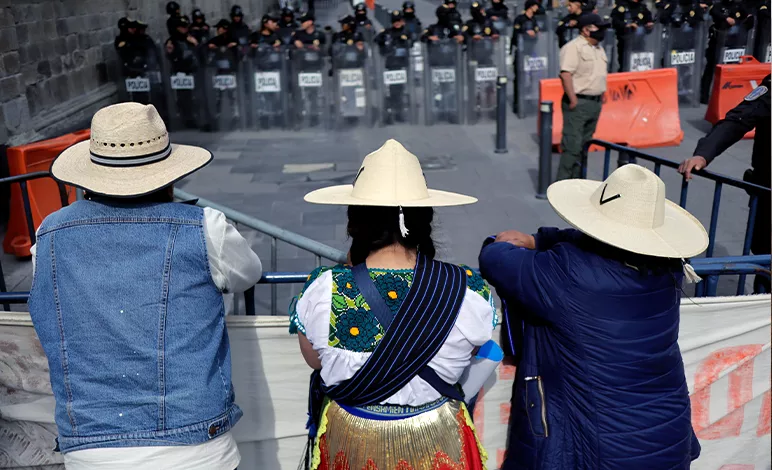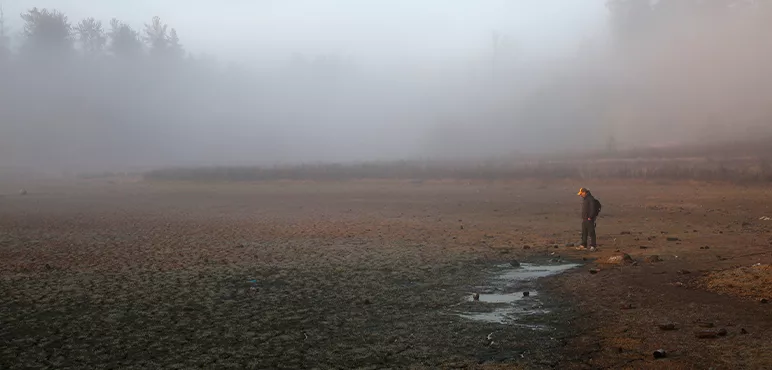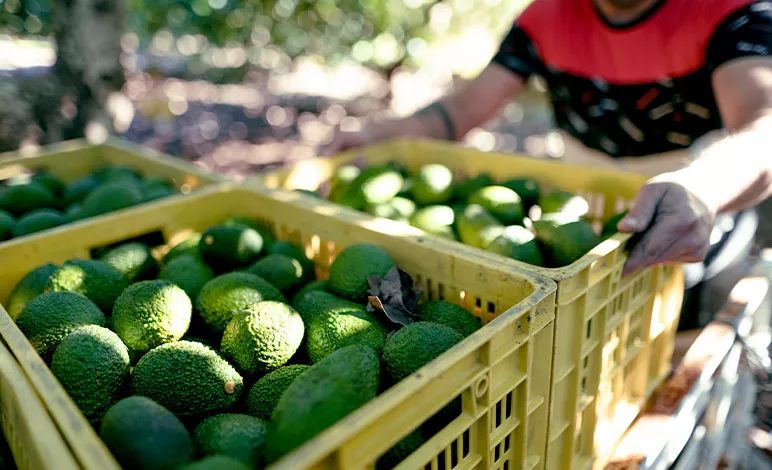Avocado: The Cost of Production
The Economics of Superfoods
Where are avocados grown?
Mexico is the largest avocado producer on Earth - but competition is rising. In 2017, Mexico was responsible for 33% of global production - within Mexico, the Michoacàn region is the most productive.

Although not the largest producer of avocados, even the desert regions of Chile host vast avocado
orchards.
Global production has spiked over the past couple of decades, bringing many other countries to scale up or trial production. In 2016, the world produced 2.6 times as many avocados as it did in 1997. In 2016, Mexico alone produced the equivalent of the overall world avocado production of 1997!
How much avocado is consumed each year?
Although Europe still consumes four times less avocado than the US - 500 thousand tonnes per year, which is around one kilo per capita per year - the European import value of avocados almost tripled between 2013 and 2017. The main supplier to the European market is Peru, followed by Chile, South Africa, Israel, Mexico, and Kenya.
Where avocados are grown in Europe
Spain is the main producer of avocados within Europe, and in an attempt to grow local markets, pilot programs are being run in Portugal, Italy, and Greece - with production in these countries climbing year after year.
Learn what causes avocado bruising and food waste.
Impact of avocado production on the environment & communities
This intensification has come with consequences. Several journalistic and institutional reports have investigated the consequences of increased avocado production, particularly in Mexico. Respectively , in 2014 and 2016, articles published in the Wall Street Journal
and the guardian

A member of Pueblos Unidos guards an avocado orchard. Pueblos Unidos, comprised of ~5,000 avocado farmers and day laborers, is a community defense group formed to protect local communities from extortion, violence, and threats from the cartel in Michoacàn. Photo: Cristopher Rogel Blanquet/Getty

Members of the Purépecha indigenous community of Michoacàn protesting outside of the National Palace of Mexico to denounce the environmental devastation and water scarcity in their communities from avocado and berry farming. Photo: Gerardo Vieyra/Getty
A report by the FAO
Water footprint of producing avocados
The use and accessibility of water in avocado production also impact surrounding habitats and communities. The ‘average’ avocado water footprint is a rather abstract measure, considering that avocados grown in different parts of the world require incredibly different amounts of ‘applied water’ to grow. ‘Applied water’ means irrigation water - not the rainfall or natural moisture in the soil. Since avocados can adapt to a wide variety of soils, from dry to moist, farmers will apply different amounts of water depending on the season (avocados grow all year, although peak season is in the summer). Farmers from warmer or drier climates will apply more water than those from cooler or more humid environments.
“In the Philippines, where it rains a lot, and there is very high humidity, they will have to barely irrigate,” claims Dr. Mary Lu Arpaia, Subtropical Horticulturist at the University of California, Riverside, “but in Chile or California, areas of South Africa, Israel, Spain and other areas with a Mediterranean climate, you will end up applying more water.”
[4]
Environmental and social issues arise when an extremely dry climate is matched with ruthless production. Petorca belongs to the region in Chile from which we typically import avocados - and it is known to be a very, very dry region. Here, it takes about 1,280 liters of applied fresh water to produce one kilogram of avocados - so it takes about 320 liters of applied water to grow one single avocado (against the average of 70 liters!).
,
A man walks across the bottom of a dried lake in Petorca, Chile. Photo: Marcelo Hernandez/Getty
To get around this problem and ensure access to fresh water, the owners of some big avocado plantations in Petorca have installed illegal pipes and wells to divert water from rivers to irrigate their crops. In doing so, they caused a regional drought. Small farmers with shallow wells are left with no water, and residents often have to use contaminated water delivered by truck to cook, clean, or wash themselves.
Cases like this one highlight that the avocado water footprint is much more complex than a simple number and directly affects entire communities.What you can do
Finding out about water footprint, illegal piping, drug cartels, lack of payments, and deforestation helped me realize that picking avocados is not just about finding the perfectly ripe. It’s about fair trade.
1. Look for Fairtrade Labels
These guarantee that producers were paid at least the Fairtrade minimum standard and earned the Fairtrade Premium to invest in their communities and ecosystems - for example, to start reforestation and prevent water contamination.

A grower collecting avocados for transportation.
2. Find Ethical Producers
Browsing to find ethical producers (spoiler alert: it’s not that easy), I also came across the Global Social Compliance Program (GSCP) launched by the Sustainable Supply Chain
3. Consume in Moderation
The images and image captions to this article were updated in July 2022, based on recent events related to topics covered in this article.
About author
SS Engineers and Consultants is a premier engineering firm specializing in innovative design solutions, sustainable practices, and comprehensive project management. With decades of combined experience across various industries, their team of expert engineers and consultants delivers tailored services that meet the unique needs of each client, ensuring safety, efficiency, and cost-effectiveness in every project. This line emphasizes their professionalism, expertise, and commitment to delivering high-quality results. If necessary, adjustments can be made based on specific areas of focus or achievements!






Comments
Post a Comment